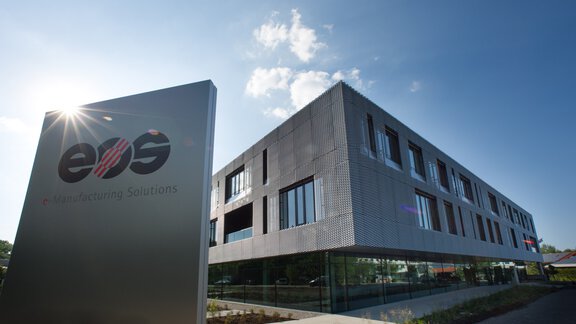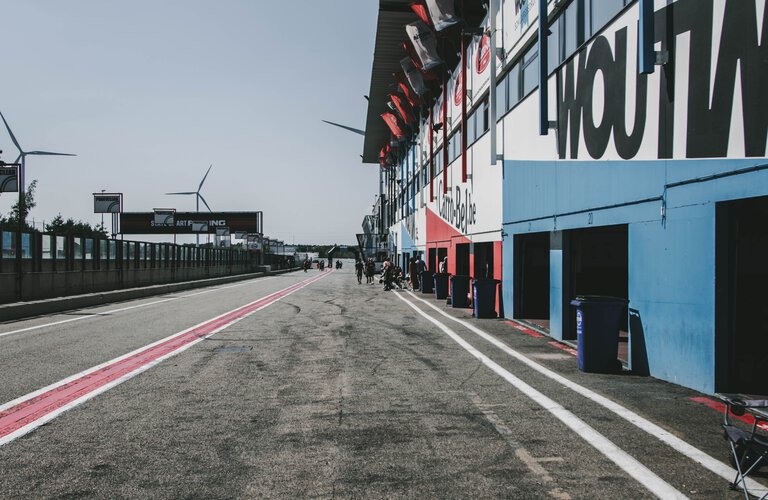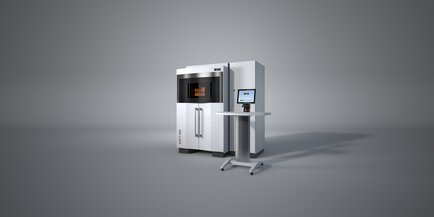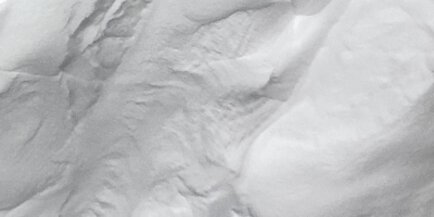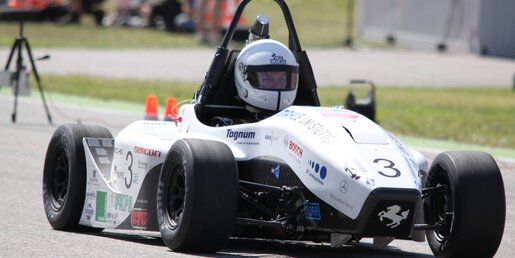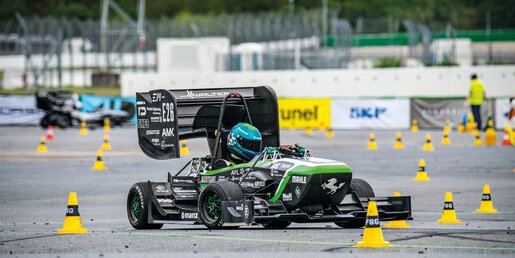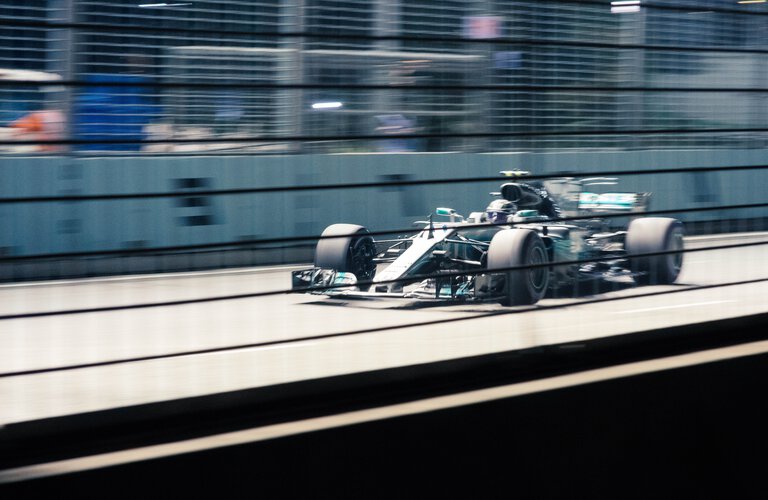Design allows for the fast servicing of safety-relevant parts
Reduction of the component weight by 80 % to just 77g
Well over twice the cooling performance when compared to the previous year's car
EOS' expert knowledge and technology have really helped us to get our electric powered race car eSleek14 on the track and recording great times. The advantages of Additive Manufacturing are very convincing: lightweight components, the fast realization of ideas, and all this possible for extremely small part quantities. The available materials mean that safety is never compromised. Thanks to the instruction received from EOS we were able to get the maximum out of the process – and prove ourselves out on the track.
Serious Power: Cooling System for Formula Student Race Car Produced With Additive Manufacturing
The eSleek14, belonging to the DHBW Engineering Stuttgart team, has two electric motors, each with 60 hp. The electricity that feeds this speed machine comes from batteries fixed laterally inside the vehicle. The construction of the air cooling system was supported by EOS in its role as Additive Manufacturing expert.
In the development of the battery container it was possible to realize not only the cooling channels between the individual modules, but also a cooling duct that directed the air back outside in the most efficient way at the end of the container. In order to satisfy the strict specifications for component weight, the team chose the lightweight fine polyamide PA 2200 for the construction. This material is characterized by its high rigidity and good thermo conductivity – perfect characteristics for motorsports applications.
The air duct was produced using the EOS P 396, the laser beam melting the powdered material layer by layer to form the final component.The next step would be to successfully integrate the components into the vehicle. The weight also met the desired criteria: the cooling duct component weighs just 77 g.
We decided to have the cooling duct additively manufactured and, thanks to EOS' technology, we had complete freedom of design. With such small quantities, injection-moulding didn't make sense, and we would anyway, have had to make changes to the construction design.
